‘S is for Spoof.’ There it is on page 86, a full-page reproduction of a Nat Tate drawing, sold at Sotheby’s in 2011 for £6,500. A sum which, it is added,
with all due respect to [William] Boyd’s ability as an artist, probably proves the point about promotion being more important than talent.
It’s always something of a shock to encounter in a serious book the artist I invented and it’s a measure of the huge frame of reference encompassed in Breakfast at Sotheby’s that even Nat Tate and his drawing can make a salutary appearance.
Philip Hook has realised and brilliantly exploited the peculiar advantages of the A-Z format. Using the alphabet as a template forces you to think laterally. Half of the letters practically write themselves — ‘A is for Artist’ — but filling in the others frequently requires real ingenuity. When it works, as it triumphantly does here, the resulting impression is of a quart miraculously poured into a pint pot. Multitudes are contained in this medium-sized book — a whole education occurs in the reading of it.
Hook is particularly well qualified to be its author. His 35 years in the art world began when he took a fine art degree at Cambridge and then went to work for Christies in the Old Master department. There was an interlude when he was a dealer with a gallery on Jermyn Street, and he then moved on to Sotheby’s, where he is currently Senior Director of Impressionist and Modern Art.
He has written books of art history and five excellent novels set in the art world and for many years was a resident ‘expert’ on the Antiques Road Show. He has seen the art world from every possible angle, and the journey that he takes his readers on is seasoned and textured by his tremendous experience and expertise.
Not surprisingly, the view from the auction house dominates. To summarise somewhat crudely, the background to almost all the entries in this dictionary plays with the complicated relationship between art and money — that dodgy nexus between artistic merit and market value. But, it was ever thus, one might argue; it just seems that in today’s fervid climate it has become the paramount feature of any kind of artistic endeavour.
Hook mentions in his introduction that the first two questions anyone asks when looking at a work of art are: ‘Do I like it?’ and, ‘Who’s it by?’ The auctioneer adds a third: ‘How much is it worth?’ Nowadays, I think we all unconsciously ask ourselves the auctioneer’s question, so perhaps the monetising of art has finally prevailed over the aesthetic impulse.
Within the five sequential alphabets offered here — in the five parts to the book — are a variety of lists as well, and once again the auctioneer’s lens provides a different focus from the art historian’s. There’s a list of artists whose careers would have flourished better if they’d taken the trouble to die in the first world war; and the list of modernist artists ‘rated’ by the auction houses is highly revealing.
Hook also supplies us with a very amusing glossary of words employed in art-writing, the meaning of which, he concludes, ‘has become twisted by the desire to energise banality, to elevate mediocrity or simply to make a sale’. In an auction house, of course, everything has a potential sale value and it’s the market, not the auctioneer, that decides if tat or indifferent talent will be admitted.Very few books on modern art include the likes of Beryl Cook, Eugène Gallien-Lalou and Jack Vettriano side by side, but ‘M is for Middlebrow Art’ yokes them together with other fascinating and well-remunerated third-raters.
There are mini-essays on subjects as diverse as Football, Rain, Sports, Suicides, Framing and, perhaps my favourite, Railways, where the appeal of the Belgian surrealist Paul Delvaux is put down to his shrewd juxtaposition of ‘nubile women’ and ‘rolling stock’. Hook concludes this essay with the speculation that
Without his trains, Delvaux would be a less interesting artist. I don’t want to labour the point but, pictorially, railways sell. Perhaps most of us are trainspotters at heart.
This last quotation is a good example of Hook’s droll and elegant style. The book is full of insight — often delivered with aphoristic conviction:
The physical manifestation of a work of conceptual art is not so much a work of art as a record of the idea of that work of art.
Or:
Auction is an ideal means of selling art, a commodity whose value has little intrinsic or objective value but is vastly inflatable by fantasy, aspiration and human rivalry.
He really understands the upper-class Englishman’s edgy relationship with fine art and its discourse:
In every traditional Englishman there lurked a streak that found art embarrassing. Art had an emotional content which was difficult; art raised uncomfortable questions of aesthetics; and works of art themselves were possessions. They belonged to chaps.
It’s clear, as these examples show, and as you read on through the book, that Hook views the world in which he’s spent his professional life through no rose-tinted glasses. An artist once said to me — an embittered artist, admittedly — that the art world was as corrupt as the mafia. Perhaps that’s going a bit far, but the tenor of Hook’s observations is nicely cynical and dryly judicious. He’s particularly acute on ‘D is for Dealers’ and, having been one himself, he knows what he’s talking about. Considering Paul Durand-Ruel, perhaps the first ‘modern’ art dealer, and the man who launched the Impressionists, he remarks:
Durand-Ruel’s achievement is that he established the template of the modern art dealer who educates his clientele, the high priest who interprets the mysteries of contemporary art for them.
The subtext here is that the clientele, however wealthy, is often very uncultured, not to say ignorant.
Which brings us neatly back to the Nat Tate hoax, I suppose, and perhaps the poor benighted fellow does deserve his couple of pages in this exceptional book. Reading it is like participating in a hugely enjoyable personal tutorial given by a cultured, witty, clear-eyed, worldly teacher with a fully functioning sense of humour. A real delight.
Got something to add? Join the discussion and comment below.
Get 10 issues for just $10
Subscribe to The Spectator Australia today for the next 10 magazine issues, plus full online access, for just $10.
Available from the Spectator Bookshop, £15.95, Tel: 08430 600033
You might disagree with half of it, but you’ll enjoy reading all of it. Try your first month for free, then just $2 a week for the remainder of your first year.

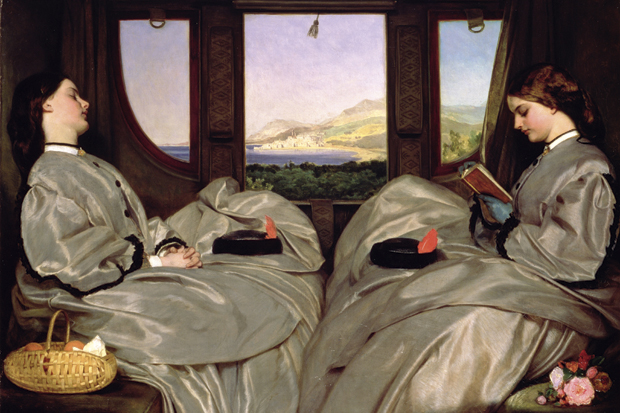
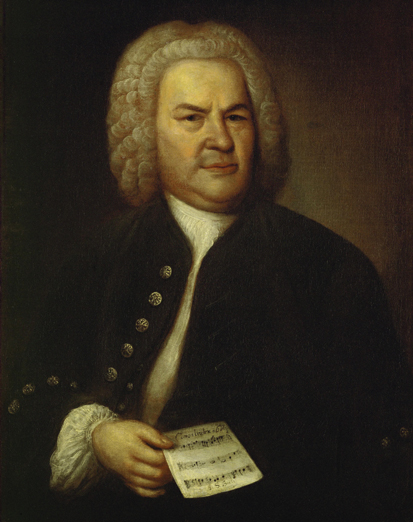
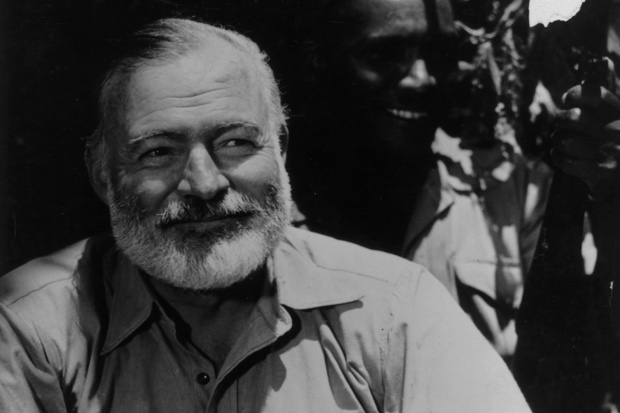
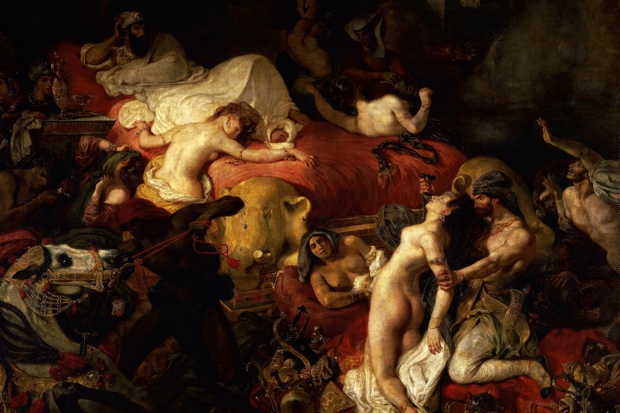
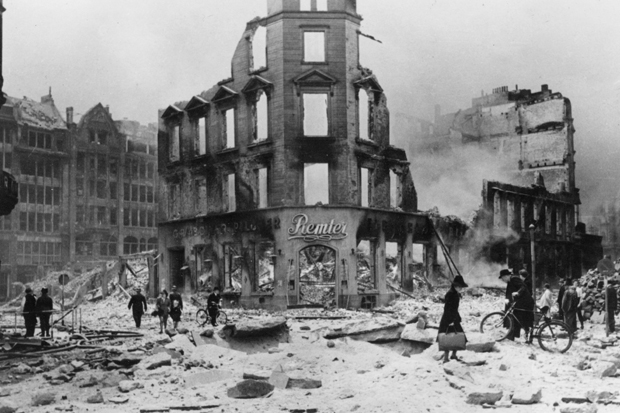

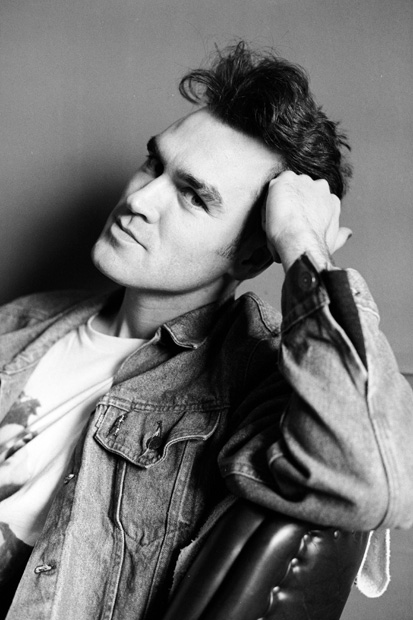






Comments
Don't miss out
Join the conversation with other Spectator Australia readers. Subscribe to leave a comment.
SUBSCRIBEAlready a subscriber? Log in